Pulses: Sustainable crops for the food of the future
Eaten directly or in plant-based meat alternatives, incorporating pulses into diets offers a source of more sustainable protein for human nutrition. New research at ETH Zurich aims to speed up the breeding of new varieties of dry peas for different Swiss climates.
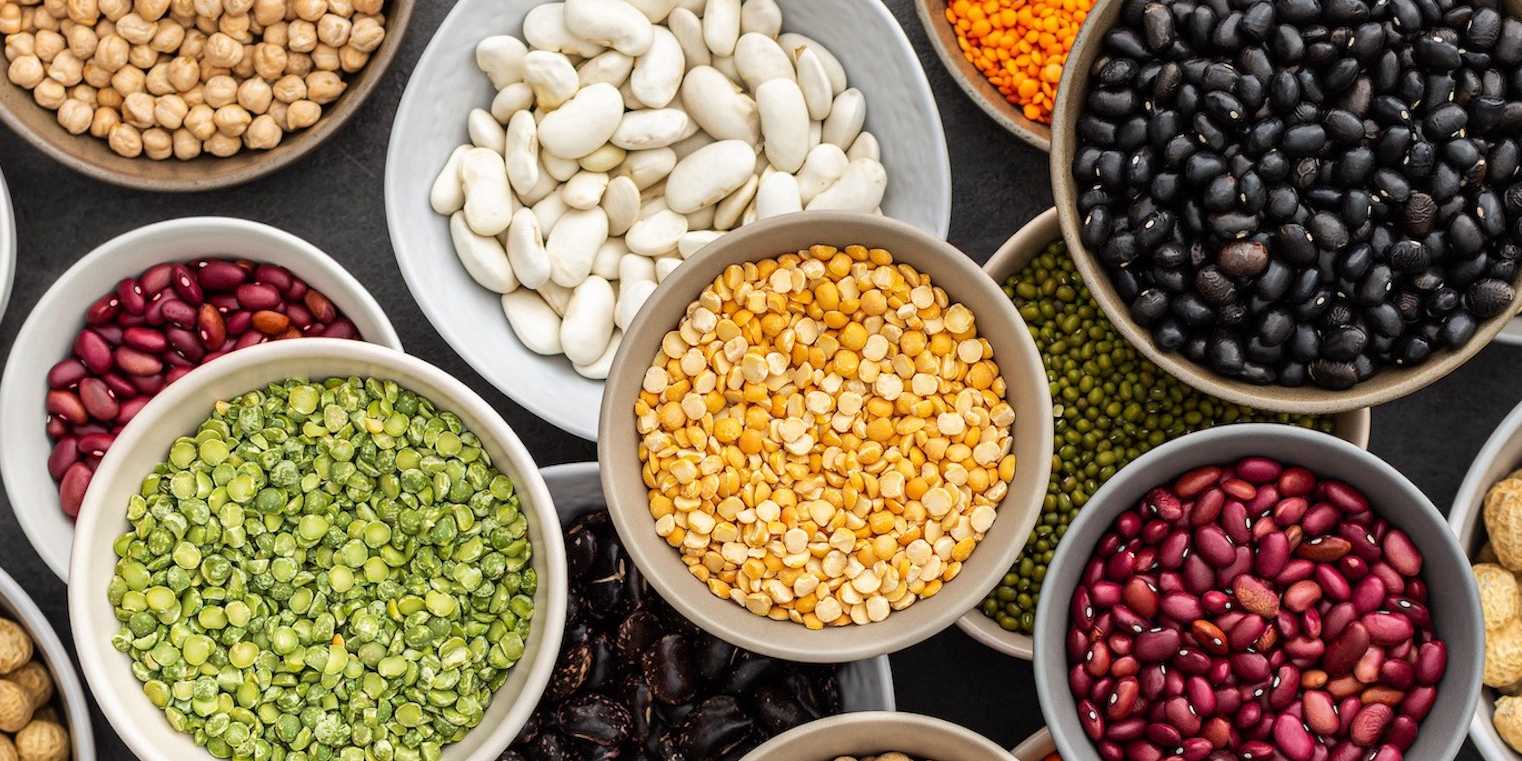
Pulses are the dried seeds of legume plants. Hundreds of different varieties of pulses are grown around the world and have been part of the human diet for thousands of years1. To be specific, the term “pulses” is limited to crops harvested solely as dry grains, which differentiates them from other vegetable crops that are harvested while still green. These dried seeds, like chickpeas, dry beans and lentils, are packed with protein and fiber and are low in fat content.
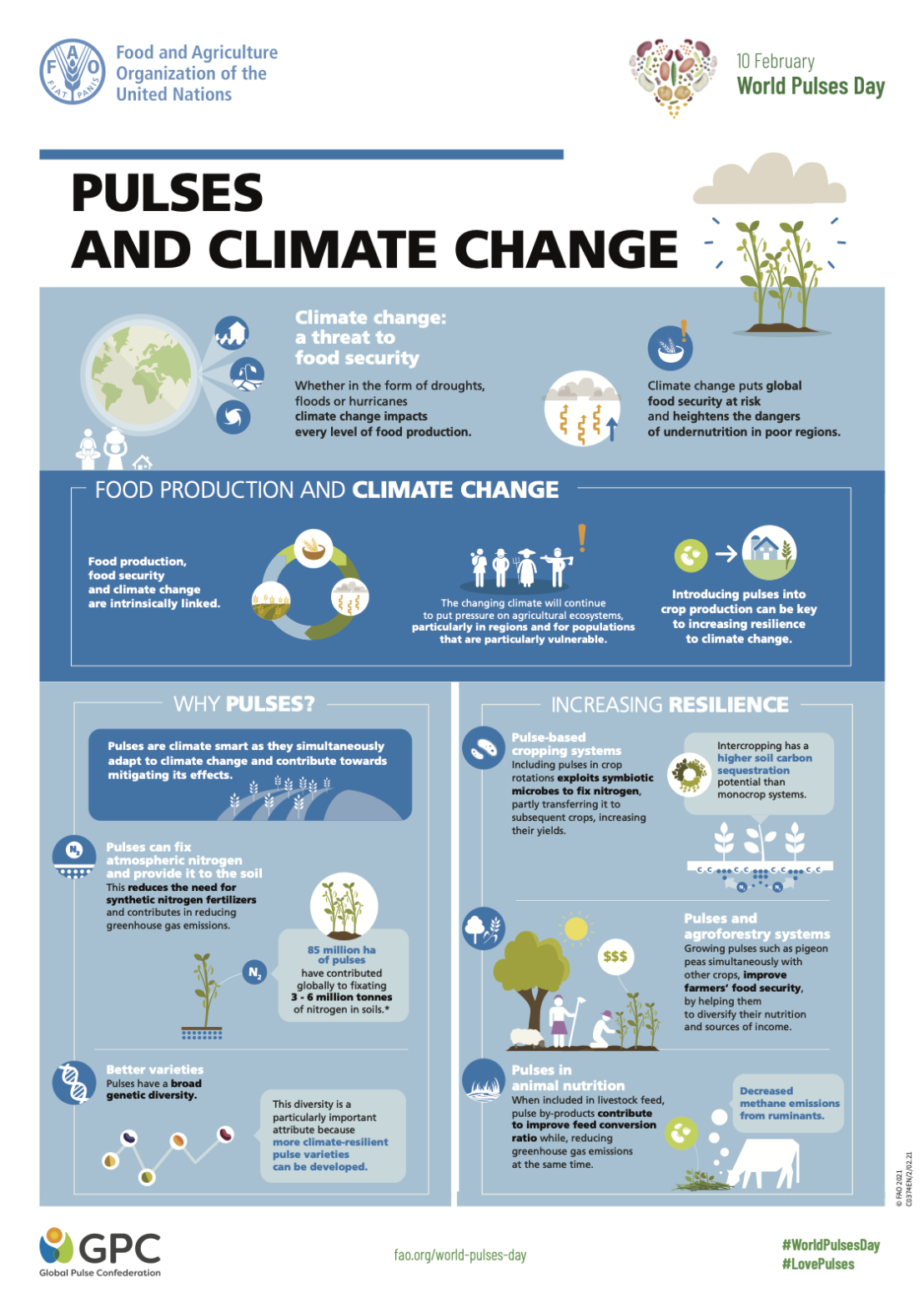
The production of such plant-based proteins offers a source of alternative, more sustainable proteins for human nutrition. Livestock production for animal-based protein consumption is responsible for nearly 15% of global greenhouse emissions, researchers estimate. By comparison, pulses cultivation contributes significantly less emissions (0.9 carbon dioxide equivalent per kg of product vs 60 for beef)2 and is highly water efficient. Also, pulses are a valuable addition for agriculture as they can fix nitrogen from the air in a symbiosis with bacteria. As a result, they do not need additional nitrogen fertilizer.
To shift towards a more plant-based diet, pulses, eaten directly or in meat alternative products are valuable options. Nowadays, the demand for meat alternatives in Switzerland has significantly increased3.
One of the most famous pulses is the pea (Pisum sativum L.), as it was also the model plant of Gregor Mendel, father of genetics. In Switzerland, dry peas have been cultivated for many years, but mostly for animal feed. Recently, however, they are being used as the main ingredient in many meat analogues, such as in Planted.Chicken.
This increasing demand, however, is hampered by a lack of site-adapted pea varieties bred specially for human consumption. In addition, new varieties that can cope with changing climatic conditions are needed, today and in future. However, plant breeding is a time consuming process and needs a lot of effort, taking up to 10 years.
The Crop Science Group at ETH Zurich is currently working to support pea breeding and quicken the time needed to have new varieties growing in the field. The group combines knowledge about plant physiology with modern technologies, such image-based phenotyping, to explore and test new methods. The Field Phenotyping Platform (FIP)4 is an important device of the group, providing data on specific changes in growth and development of plants throughout the day and season.
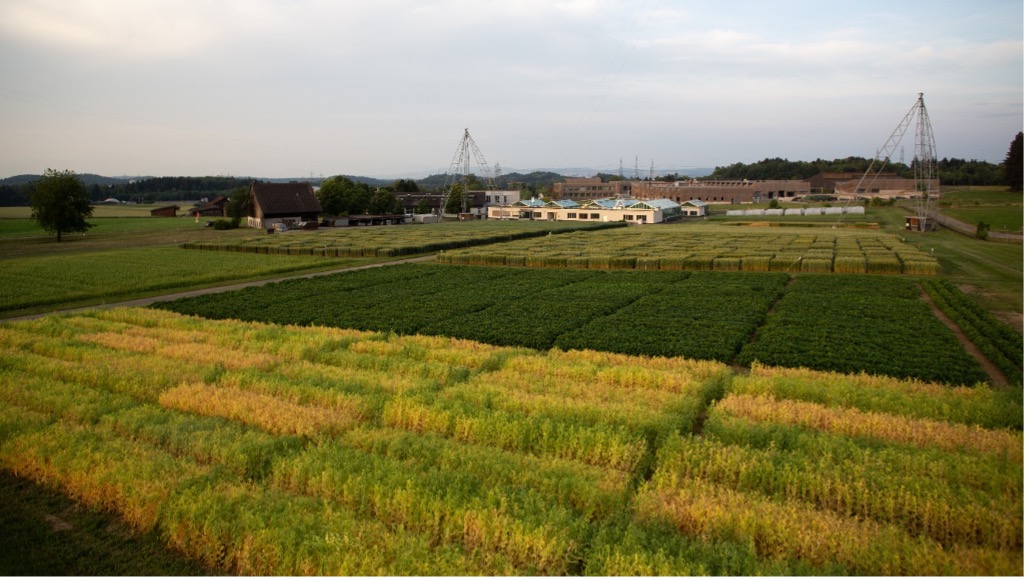
Throughout the whole vegetation period of the crops, the FIP can collect images used to extract plant specific traits. Overall, this allows monitoring and description of the plant development dynamically according to the crop’s environment. Stress tolerant plants can easily be identified.
A current project focuses on the detection of the timepoint of pea plant flowering from sequences of images. Flowering is one of the most important processes in a plant’s life, as it marks the transition from vegetative to reproductive growth. Meaning, before flowering, the plant focuses on accumulating nutrients from the soil, and after flowering, it focuses on filling the pods and growing the seeds. Therefore, the timepoint of flowering is an important trait that is used in breeding.
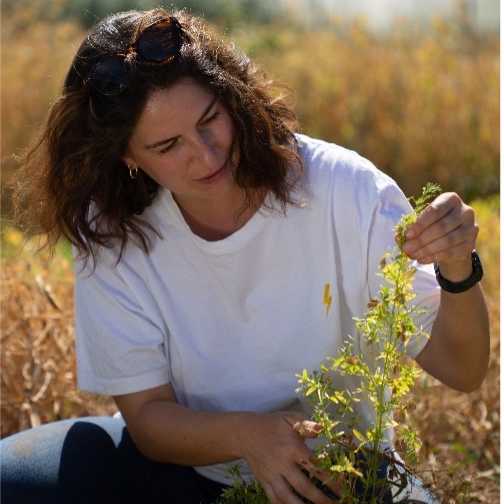
“Using new technologies to gather knowledge about plant physiology, should not only be beneficial for plant breeders, but in a long run also for farmers, consumers, and the environment.”Corina Oppliger
But again, evaluating the time point of flowering in different varieties can be very time consuming when it comes to field experiments. For this reason, ETH researchers, including doctoral student Corina Oppliger, are working to train an algorithm that will detect pea flowers in images. By doing so, the detection of flowering from different varieties will get faster and less time-consuming for breeders. This supports the breeding of future crops and can help provide Swiss agriculture with adapted varieties for various climates.
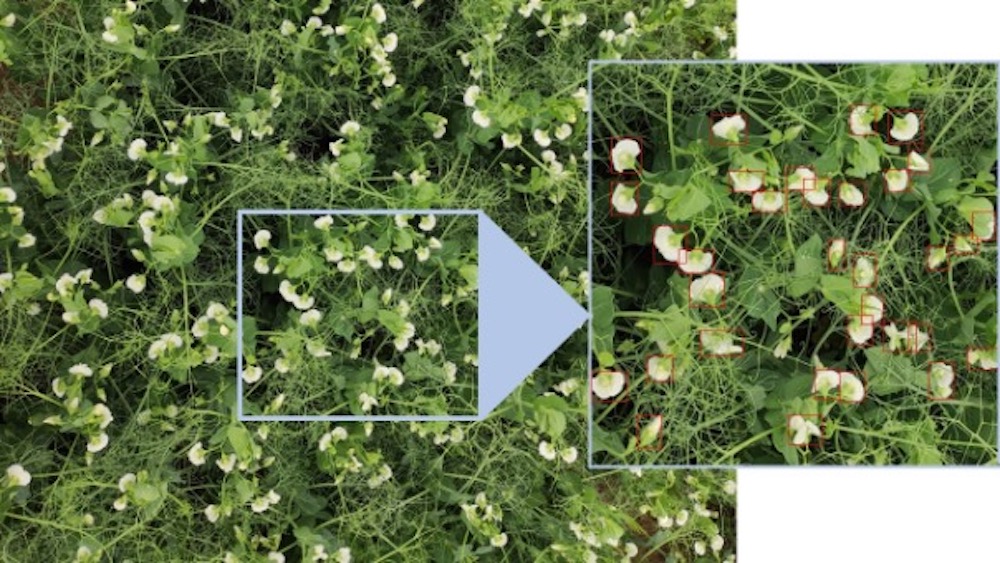
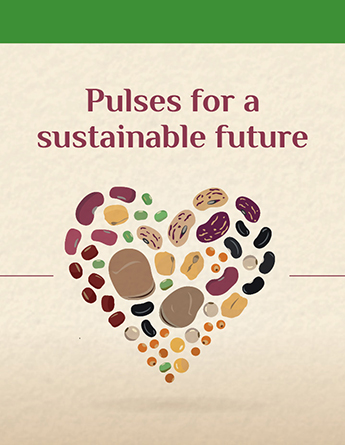
external page World Pulses Day is a designated United Nations global event to recognize the importance of pulses as a global food. It has been proclaimed on 10 February of each year since 2019. Based on the benefits that pulses provide to agrifood systems and the environment, the Steering Committee selected “Pulses for a Sustainable Future” as the theme for the 2023 celebration.
1. Mathesius, U. Are legumes different? Origins and consequences of evolving nitrogen fixing symbioses. J. Plant Physiol. 276, 153765 (2022).
2. Poore, J. & Nemecek, T. Reducing food’s environmental impacts through producers and consumers. Science 360, 987–992 (2018).
3. BLW. Report zum Schweizer Fleischersatzmarkt. (2021).
4. Kirchgessner, N. et al. The ETH field phenotyping platform FIP: a cable-suspended multi-sensor system. Funct. Plant Biol. 44, 154 (2017).
.